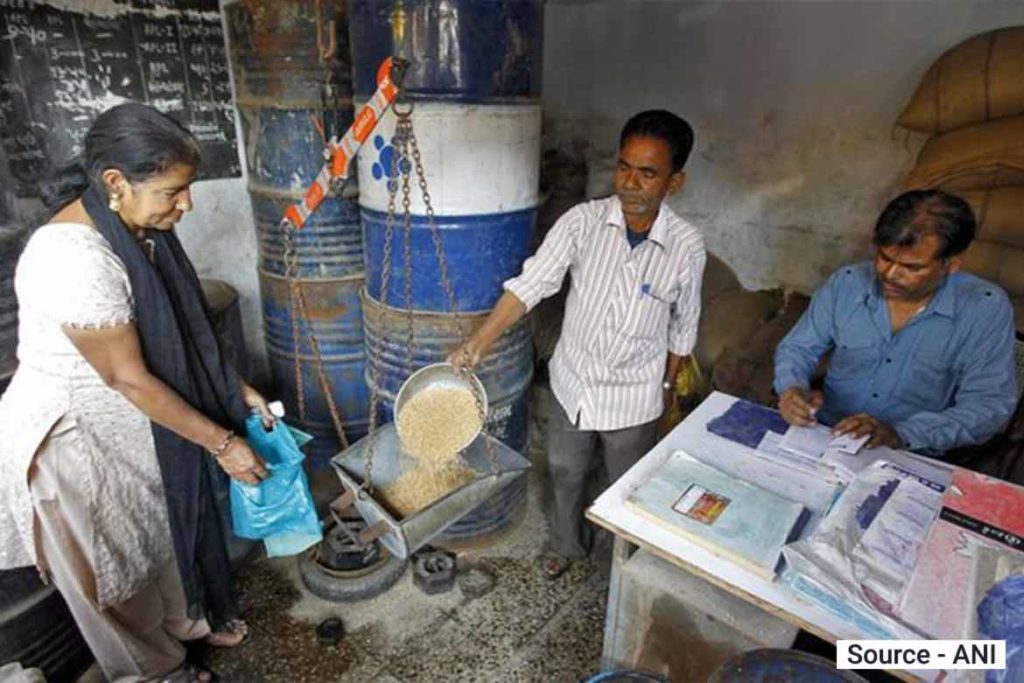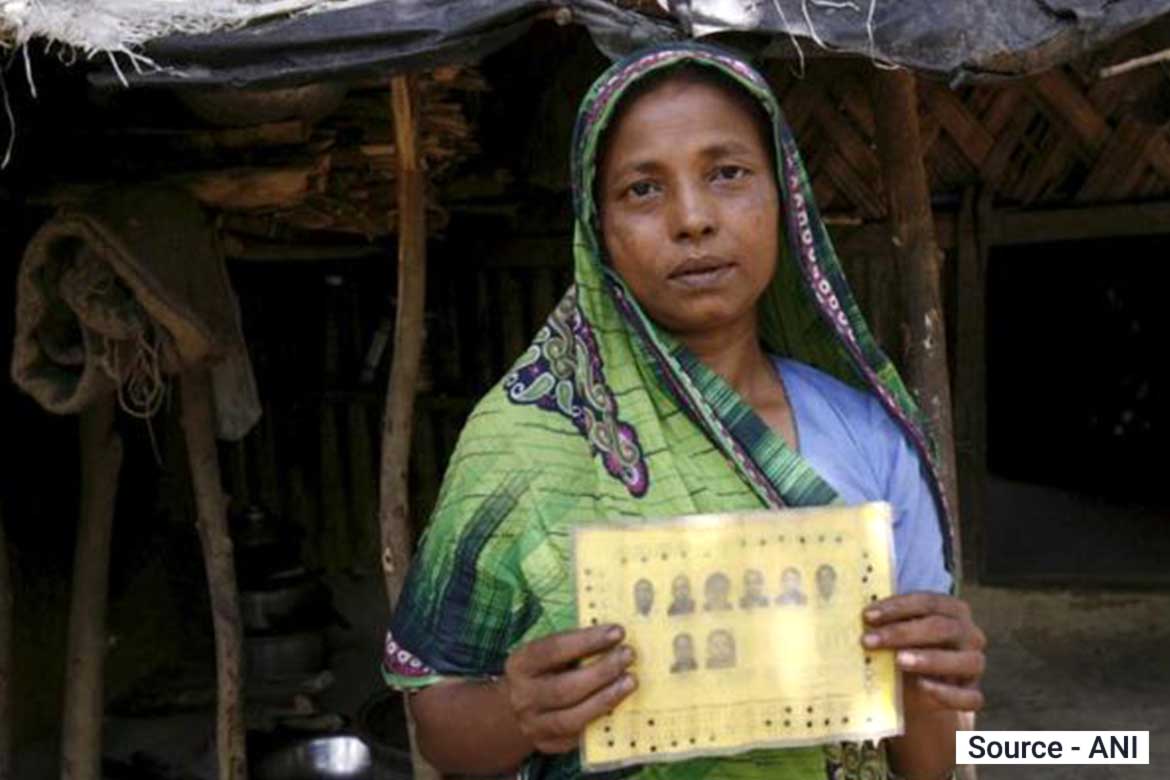There is no need to tell anyone the importance of a ration card. This card provides not only ration at a reasonable price, but in many places, it acts as an address or identity proof. During the Corona pandemic, this card became the saviour of the poor section.The government provided cheap food provisions to the poor on their ration cards. Besides, a lot of ration was provided for free. Knowing the importance of the Ration card, it becomes important to know about the types of Ration card.
How many types of ration cards are available in India?
Ration cardholders can avail their entitlement of subsidised foodgrains under the National Food Security Act, from the designated Fair price shop (FPS) within the concerned state.Generally, there are three types of ration cards, but their number can varyfrom state to state.
On these cards, the ration is made available to people in different quantities and at different prices. Apart from these, states can issue some additional cards. Like there is a temporary ration card in Delhi, which has been started to help the people during the Corona pandemic.
Above Poverty Line card
Above poverty line or APL ration card is given to those families whose annual income is more than a fixed poverty line. This poverty line also varies in different states. In Delhi,this threshold is around Rs 1 lakh. In other words, those earning above Rs 1 lakh per annum will get this card. At present, it is called a PR card. On this card, different state governments give ration at different prices and at the same time their quantity can also be different. For example, on this card in Delhi, 4 kg of wheat per person is available at the rate of Rs 2 and 1 kg of rice at the rate of Rs 3. In Uttarakhand, on an APL card, 5 kg of wheatis available at the rate of Rs 8.60 and 2.5 kg of rice is given at the rate of Rs 11. However, in this card, the number of family members doesn’t matter.

Also read: World Food Programme Warns: 2021 Will Be Worse Than 2020; World May Face A Famine Like Situation
Below Poverty Line card
BPL ration card is given to the people living below the poverty line. In most of the states, it has been converted into Priority Household Ration Card. Earlier,the ration quota was fixed per card on the BPL ration card, but now ration is providedcommensurately tomembers of the family. The beneficiaries of this card are providedwith a cheaper ration as compared to APL cardholders.
Antyodaya Ration Card
Antyodaya scheme has been started by the Government of India, which has been implemented in every state. In Delhi also ration cards are made under this scheme. Antyodaya Ration Card is made for such people, who are financially very weak and earn very little money. This scheme also covers the handicapped, low earning senior citizens, widows and other vulnerable sections of the society. In Delhi, on this card, 25 kg of wheat is provided at the rate of Rs 2 per kg and 10 kg of rice at the rate of Rs3 per kg every month. Apart from this, 1 kg of sugar is also available on it for Rs 13.5.
